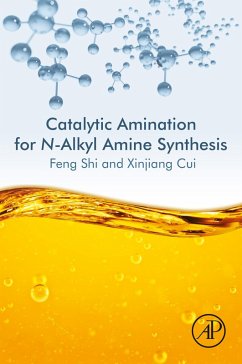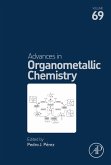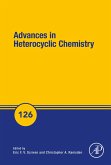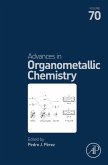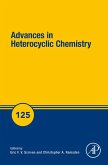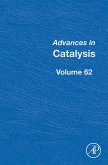Catalytic Amination for N-Alkyl Amine Synthesis provides a useful survey of this key type of reaction for chemistry researchers in academia and industry. Beginning with an introduction to amination and the development of the field, the book focuses on useful and high potential methods, such as the catalytic amination of alcohol with homogeneous and heterogeneous catalysts, the coupling reaction of olefin and amine, and the reductive amination of carbon dioxide with different reducing agents. The work also discusses two key examples of one-pot synthesis, the oxidative amination of alkane and amine and synthesis of N-alkyl amine with nitrobenzene and nitrile as starting materials.
Valuable for chemists, materials scientists, chemical engineers and others, the book offers a unique overview of this growing area and its future possibilities.
Valuable for chemists, materials scientists, chemical engineers and others, the book offers a unique overview of this growing area and its future possibilities.
- Describes the catalytic amination of alcohol with homogeneous and heterogeneous catalysts
- Discusses the one-pot oxidative amination of alkane and amine
- Explores the application of ammonia as the N-source in amination reaction to avoid primary or secondary amine synthesis
Dieser Download kann aus rechtlichen Gründen nur mit Rechnungsadresse in A, B, BG, CY, CZ, D, DK, EW, E, FIN, F, GR, HR, H, IRL, I, LT, L, LR, M, NL, PL, P, R, S, SLO, SK ausgeliefert werden.

